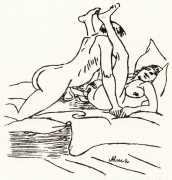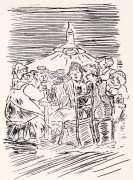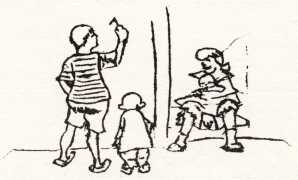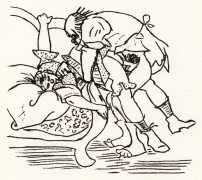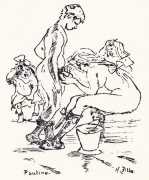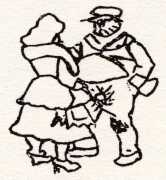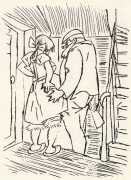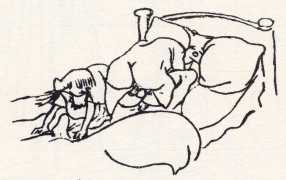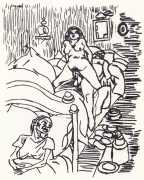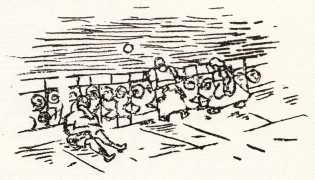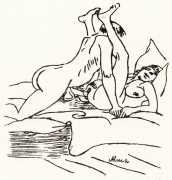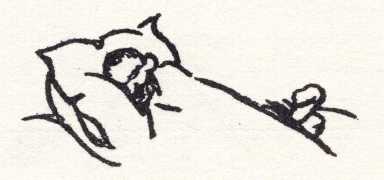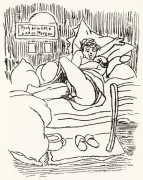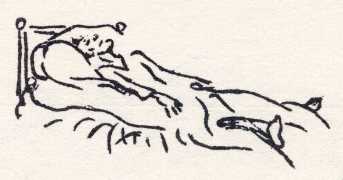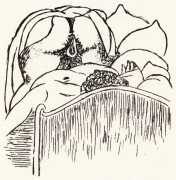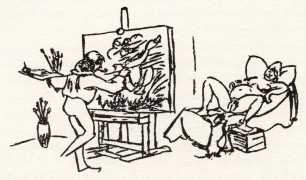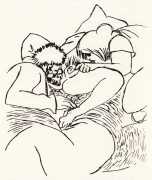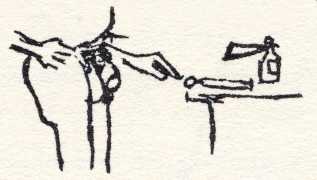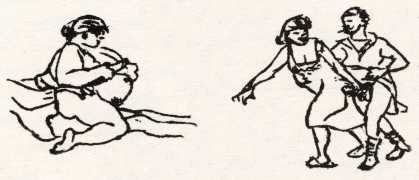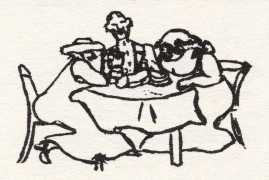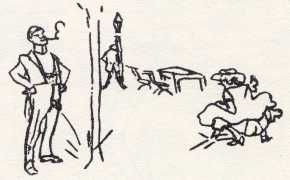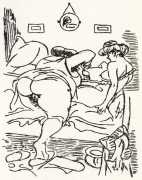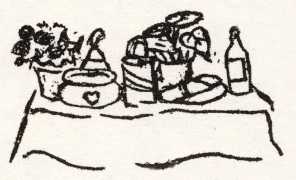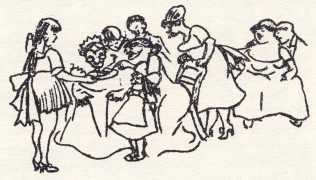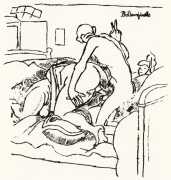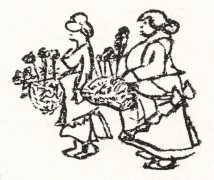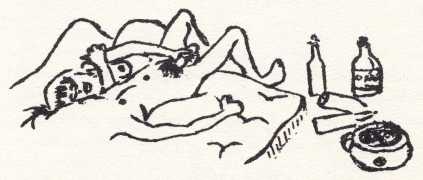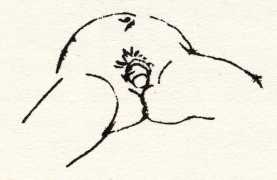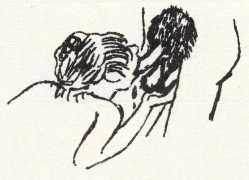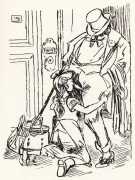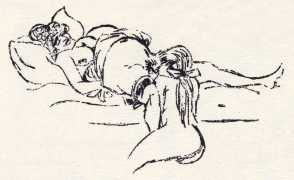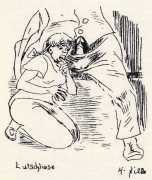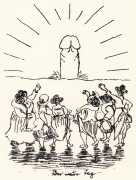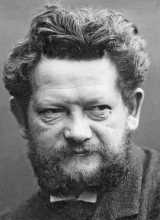 Rudolf Heinrich Zille, German illustrator, caricaturist, lithographer and photographer, grew up in Radeburg near Dresden, the son of a watchmaker. In 1867 his family moved to Berlin, where he finished school in 1872 and started an apprenticeship as a lithographer. In 1883 he married Hulda Frieske, with whom he had three children.
Rudolf Heinrich Zille, German illustrator, caricaturist, lithographer and photographer, grew up in Radeburg near Dresden, the son of a watchmaker. In 1867 his family moved to Berlin, where he finished school in 1872 and started an apprenticeship as a lithographer. In 1883 he married Hulda Frieske, with whom he had three children.
Zille is best known for his drawings, often humorous, in which he chronicled the lives of the ordinary people of Berlin.
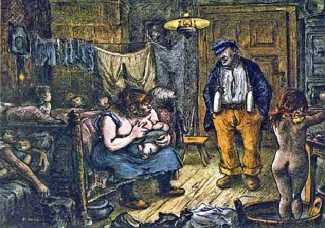
He was the first artist to concentrate on portraying the desperate social environment of the Berlin Mietskasernen (literally ‘tenement barracks’), buildings packed with sometimes a dozen people in each room, families who had moved to the city from the countryside to the expanding industrial metropolis, only to find even deeper poverty in the growing underclass. Many of Zille’s drawings were published in the German weekly satirical newspaper Simplicissimus.
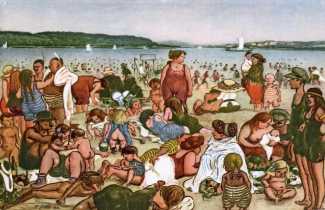
Zille’s special talent was the scathing portrayal of the real life conditions of the working class of Berlin – handicapped beggars, tuberculous prostitutes and menial labourers, and especially their children, all making the best they could of life and resolutely refusing to give up.
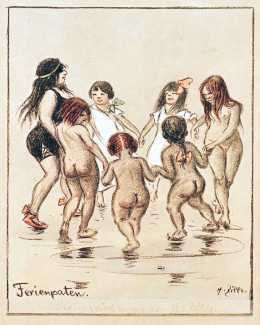
His drawings of poorly-dressed and naked children have sometimes been criticised as forerunners of an obsessive attraction to youthful nudity, but in truth he was portraying what he saw all around him – children who had few clothes of their own, and who of necessity spent much of their young lives naked or semi-naked and were therefore not strangers to their own and their friends’ bodies.
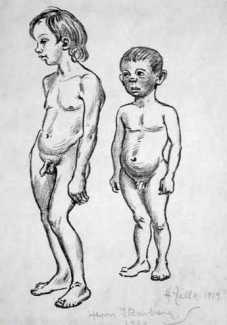
Heinrich Zille did not consider himself a real artist, and often said that his work was not the result of talent but merely of hard work. Nevertheless the ‘real’ Impressionist painter Max Liebermann promoted his work, invited him to join the Berlin Secession in 1903, featured his work in exhibitions, and encouraged him to sell his drawings. When Zille lost his job as a lithographer in 1910, Liebermann encouraged him to live from his drawings alone.
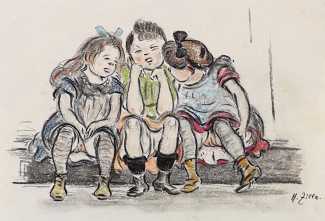
The ‘common people’ of Berlin paid him the greatest respect, and late in life his fame peaked when during the 1920s both poverty and freedom of expression reached new heights. The National Gallery bought some of his drawings in 1921, the Academy of the Arts honoured him with a professorship in 1924, and in 1925 Gerhard Lamprecht made the film Die Verrufenen (The Infamous), based on his cartoon characters and stories. His seventieth birthday in 1928 was celebrated throughout Berlin.

